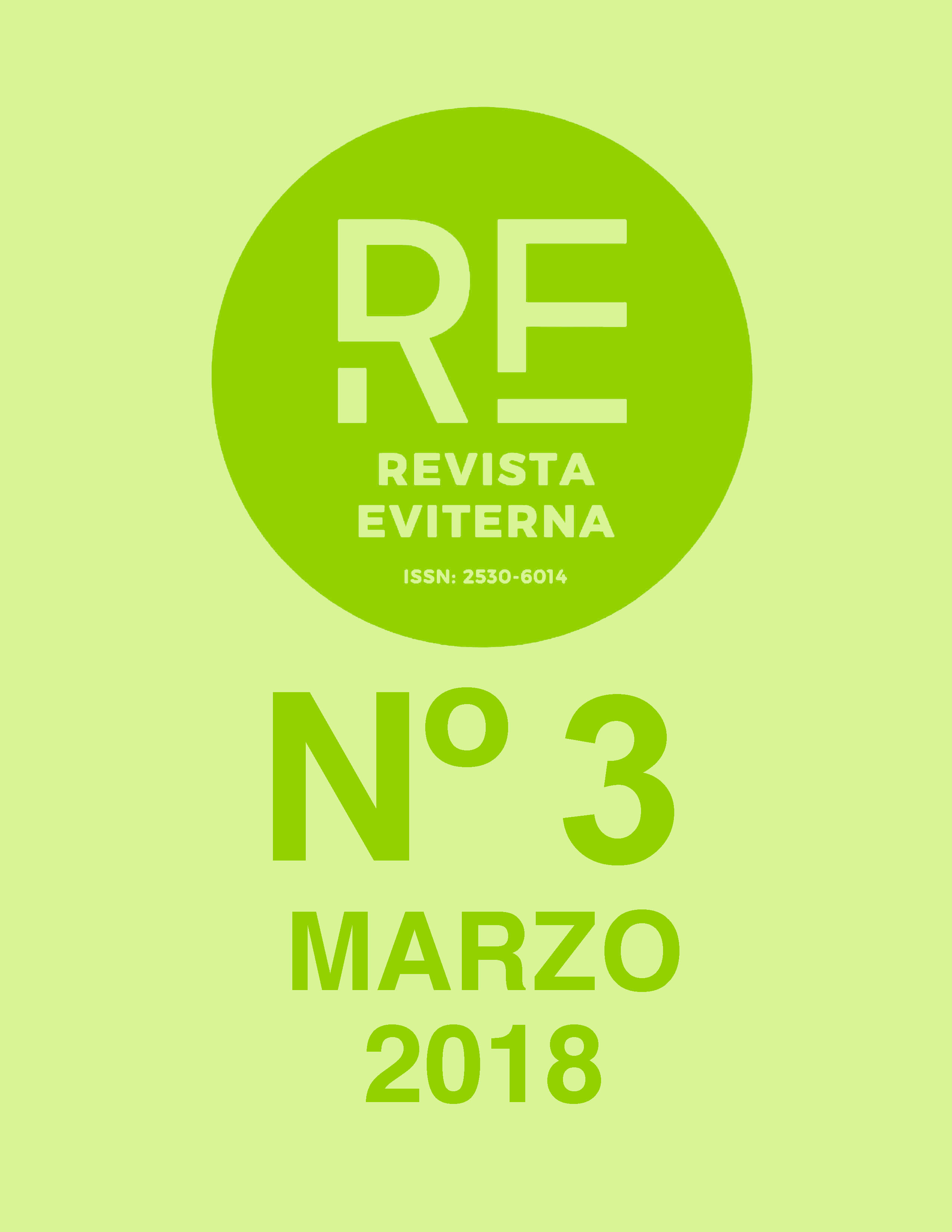Death and mentality changes in 14th-century Europe
DOI:
https://doi.org/10.24310/Eviternare.v0i3.8167Keywords:
Crisis of the 14th Century, death, devotio moderna, macabre artAbstract
During the 14th Century, possibly because of the crisis that Europe suffered during these years, a series of changes in the mentality arose in relation with the devotion and the relationship of the faithful with God. A new and intimist religious sentiment developed and it changed the way in which people perceived death. Individualism lead to a preference for the judgement of the soul in the precise moment of the death of the individual as opposed to the collective Final Judgement which was extremely important in previous centuries. These changes in the mentality regarding death transformed the funeral rites, that adapted to the new ideas. It also had a heavy influx on art, especially in the sepulchres.
Downloads
Metrics
Publication Facts
Reviewer profiles N/A
Author statements
Indexed in
-
—
- Academic society
- N/A
- Publisher
- Universidad de Málaga
References
ABERTH, John (2005). The Black Death. The Great Mortality of 1348-1350. A Brief History with Documents. Bedford / St. Martins: Boston.
ARIÈS, Philippe y DUBY, Georges (1989). Historia de la privada vol. 2. De la Europa feudal al Renacimiento. Taurus: Madrid.
CASTELBÓN FERNÁNDEZ, Eva María (1995). “La muerte vivida”, Revista de Historia y Arte, nº1, pp. 161-179.
DUBY, Georges (1998). Arte y sociedad en la Edad Media. Taurus: Madrid.
DUBY, Georges (1986). Europa en la Edad Media. Paidós: Barcelona.
GEESE, Uwe (2004). “La escultura gótica en Francia, Italia, Alemania e Inglaterra” en TOMAN, Rolf (ed.) El Gótico. Ullmann, Barcelona.
GONZÁLEZ ZYMLA, Herbert y BERZAL LLORENTE, Laura Mª (2014). “El transi tomb. Iconografía del yacente en proceso de descomposición”, Revista Digital de Iconografía Medieval, nº13, pp. 67-104.
GONZÁLEZ ZYMLA, Herbert (2014). “La Danza Macabra”, Revista Digital de Iconografía Medieval, nº11, pp. 23-51.
GONZÁLEZ ZYMLA, Herbert (2011). “El encuentro de los tres vivos y los tres muertos”, Revista Digital de Iconografía Medieval, nº6, pp. 51-82.
HAINDL UGARTE, Ana Luisa (2009). “La muerte en la Edad Media”, Historias del Orbis Terrarum, nº 1, pp. 107-206.
HUETE FUDIO, Mario (1998). “Las actitudes ante la muerte en tiempos de la Peste Negra. La Península Ibérica, 1348-1500”, Cuadernos de Historia Medieval, nº1, pp. 21-58.
HUIZINGA, Johan (2008). El otoño de la Edad Media. Alianza Ensayo: Madrid.
LADERO QUESADA, Miguel Ángel (2004). Las fiestas en la cultura medieval. Areté: Barcelona.
MÂLE, Émil (1982). El arte religioso del siglo XII al XVIII. Fondo de Cultura Económica: Méjico.
ORLANDÍS, José (1998). Historia de la Iglesia vol. 1. Historia de la Iglesia Antigua y Medieval. Palabra: Madrid.
RUIZ GARCÍA, Elisa (2011). “El Ars Moriendi: Una preparación para el tránsito”, IX Jornadas Científicas sobre Documentación: La muerte y sus testimonios escritos, pp. 315-344.
RUIZ, Teófilo (1998). “The Business of Salvation: Castilian Wills in the Late Middle Ages” en KAGAY, Donald J. y
VANN, Theresa M. (eds.). On the Social Origins of Medieval Institutions. Essays in the Honor of Joseph F. O’Callaghan. Brill: Leiden.
TUCHMAN, Barbara (1978). A Distant Mirror. The Calamitous 14th Century. Penguin Books: Londres.
Downloads
Published
How to Cite
Issue
Section
License
All the contents published in Revista Eviterna are subject to the Creative Commons Reconocimento-NoComercia-Compartirigual 4.0 license, the full text of which can be found at <http://creativecommons.org/licenses/by-nc-sa/4.0>
They may be copied, used, disseminated, transmitted and publicly exposed, provided that:
The authorship and original source of your publication (Journal, editorial and URL of the work) are cited.
They are not used for commercial purposes.
The existence and specifications of this use license are mentioned.

Copyright is of two kinds: moral rights and patrimonial rights. Moral rights are perpetual, inalienable, inalienable, inalienable, inalienable and imprescriptible prerogatives.
In accordance with copyright legislation, Revista Eviterna recognizes and respects the moral rights of the authors, as well as the ownership of the economic right, which will be transferred to the University of Malaga for dissemination in open access.
The economic rights refer to the benefits obtained by the use or disclosure of the works. Revista Eviterna is published in open access and is exclusively authorized to carry out or authorize by any means the use, distribution, disclosure, reproduction, adaptation, translation or transformation of the work.
It is the responsibility of the authors to obtain the necessary permissions of the images that are subject to copyright.







12.png)



